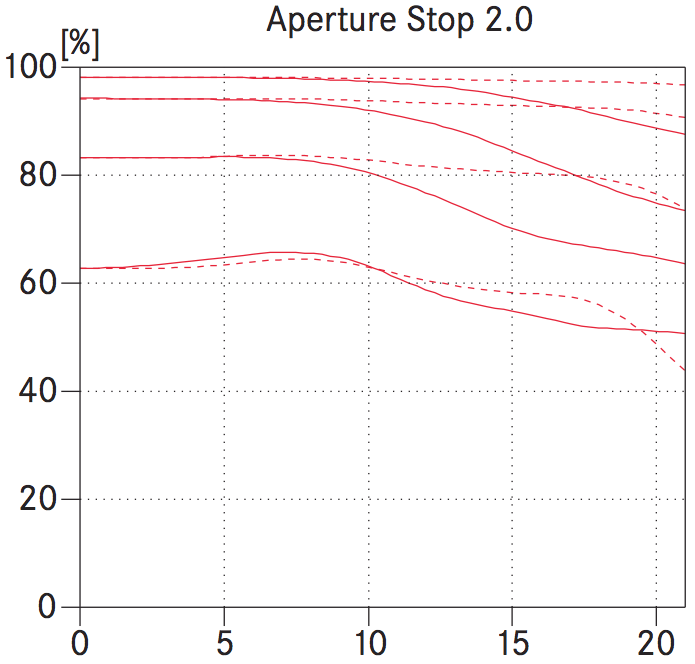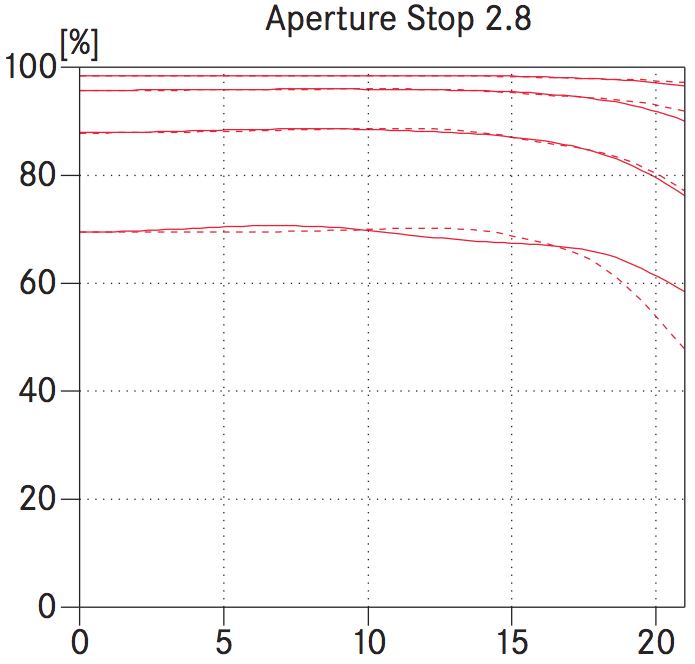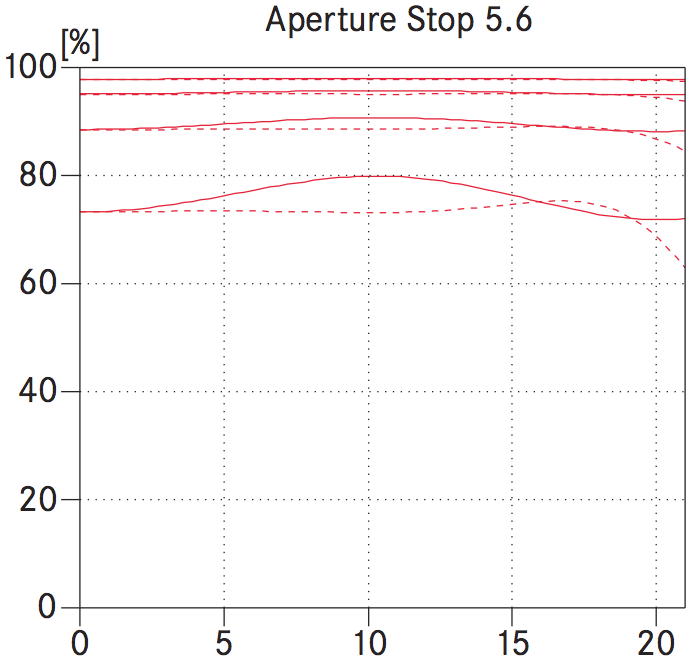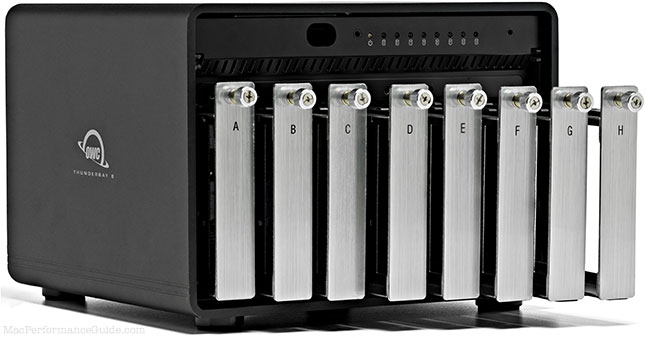

|


|

$200 Leica BP-SCL6 Lithium-Ion Battery (8.4V, 2200mAh) BACK IN STOCK in Accessories: Batteries and Power
|

|

|

|
IN STOCK!
For Sony mirrorless or Leica L.
Canon EOS Meets Leica—1D Mark III mated to APO-Summicron-R 90/2 ASPH
Related: apochromatic, digital sensor, focusing, infrared, Leica APO-Summicron, Leica APO-Summicron-R, Leica R lenses, Leica Summicron, Leica Summicron-R, optics, Zeiss DSLR lenses
Updated: April 30, 2008
Leica’s 90mm f/2 APO-Summicron-R is regarded as world-class, even among other Leica lenses (see the Erwinn Puts white paper). With four of five (!) lens elements boasting specialty glass, and one aspheric element, it’s unique among lenses in its exotic construction.
How does it perform on the 10.1-megapixel Canon EOS 1D Mark III? (Using a CameraQuest Leica-to-EOS adapter).
Keeble & Shucat, the San Francisco Bay Area’s premier photography store, kindly loaned me the Leica 90/2. For the initial effort, I shot it for about 35 minutes on a day with harsh mid-day lighting. Later, I shot it in the evening in San Francisco.
Image processing
Images on this page were processed with basic settings. They were not tweaked or specially sharpened; they show the true character of the camera and lens.
Click images to see larger versions and an actual pixels crop.
Examples
The MTF graphs suggest that the Leica 90mm ought to be tack-sharp wide open. Handheld and focused by eye in dim light, the results are astonishingly good. One wonders what the lens could do on the 21-megapixel Canon EOS 1Ds Mark III, where high contrast at high resolution are required to make those 21 megapixels more than “sorta” there.
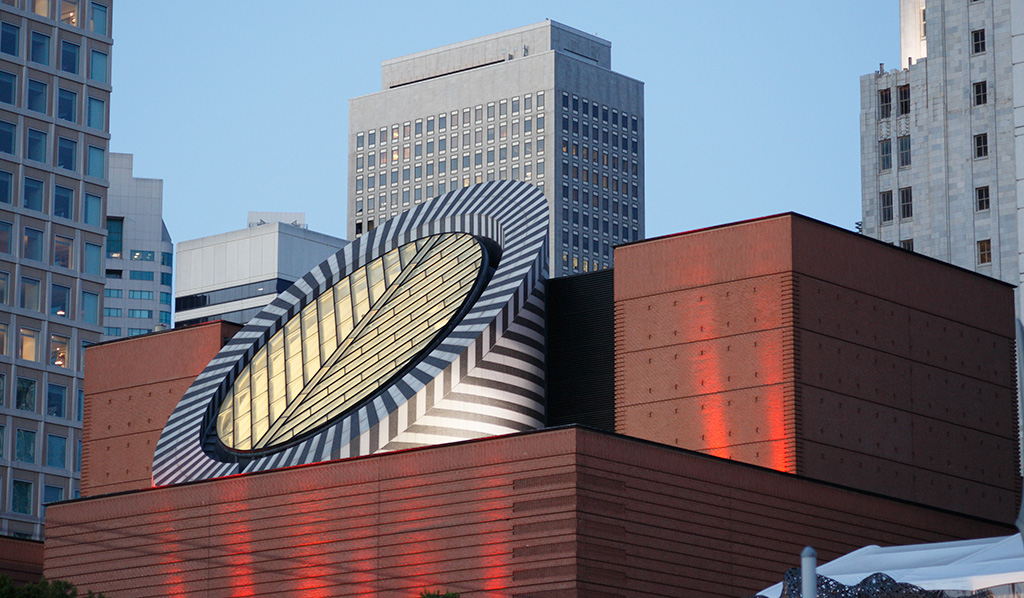
Bokeh seems pleasing, though slightly “edgy”, even on strongly out-of-focus areas. It’s certainly “alive”, not flat.

As a wild guess, the 90/2 Leica might not hold highlights as well as the Zeiss ZF 85mm f/1.4 Planar. That theory needs to be validated—consider it speculation destined for investigation. It’s also not yet clear (until the 21-megapixel Canon EOS 1Ds Mark III shows up) whether the Leica 90/2 is optically stronger than the Zeiss 85/1.4 @ f/2.
The image below might demonstrate the reason some photographers love Leica bokeh (a guess—this photographer hasn’t shot Leica before). The way in which the lens draws the background shapes really contributes to the overall feel of the image.

There is definitely a distinctive look to out-of-focus lights with the Leica 90/2, with particularly smooth edges and a solid shape, not a strong core/halo effect as with most lenses.

Grayscale rendition seems to be particularly lovely in just about every case. It’s due in good part to the smoothness of out-of-focus areas.
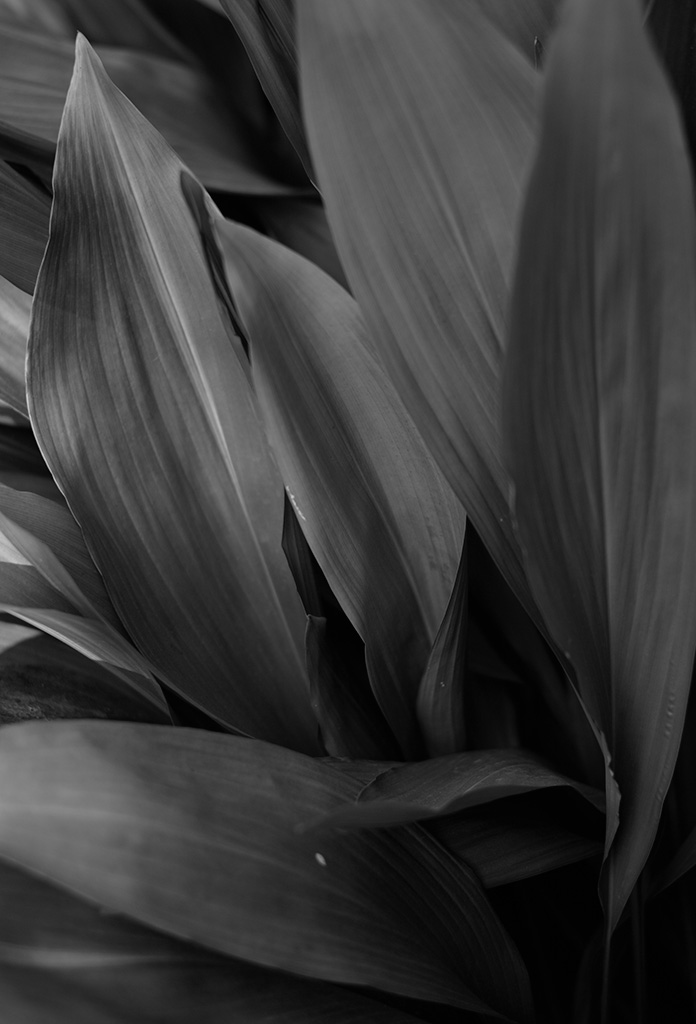
Bokeh is lovely, both front and back, with high smoothness. Even under low contrast lighting, very fine detail is rendered extremely well.

Color saturation is transparently real. This bright yellow/green sign is not an easy tone to capture. However, background rendition in this image has an almost grainy film-like look, not necessarily the author’s preference here.

Even with very strong backlighting, high imaging performance is maintained. The image below is a color image; the Canon EOS 1D Mark III auto white balance rendered it as nearly monochrome (which it was in real life). Image shot at f/11, two stops beyond optimal performance (but needed for depth of field here).
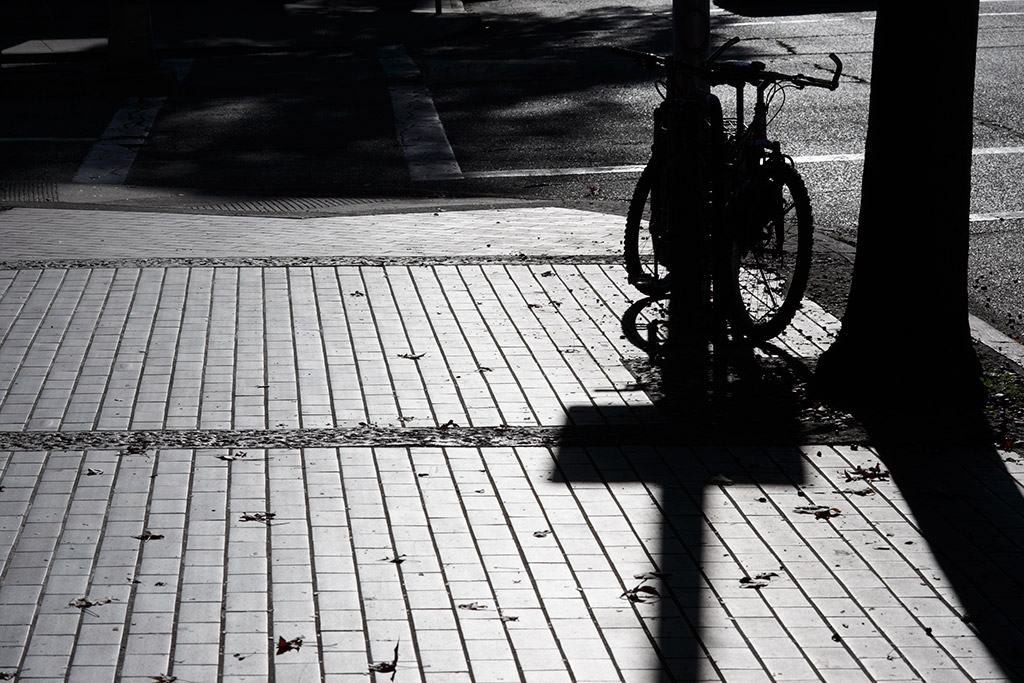
Veiling flare is very well-controlled, but reflections could be improved upon (or at least this photographer can pontificate about it). It seems unlikely that this performance could be exceeded by any other lens in its focal length range.
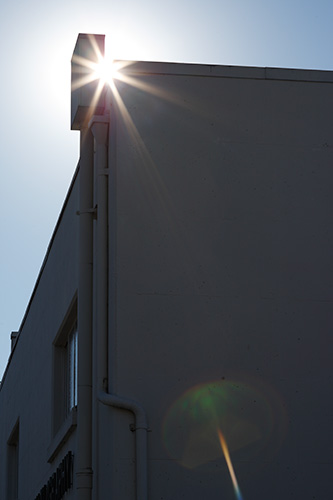
High contrast is handled exceptionally well, with no evidence of veiling flare. The back of this sign (seen below) was uncomfortably bright to the eye, chosen specifically as a challenge. The 90/2 Leica handled it with aplomb.
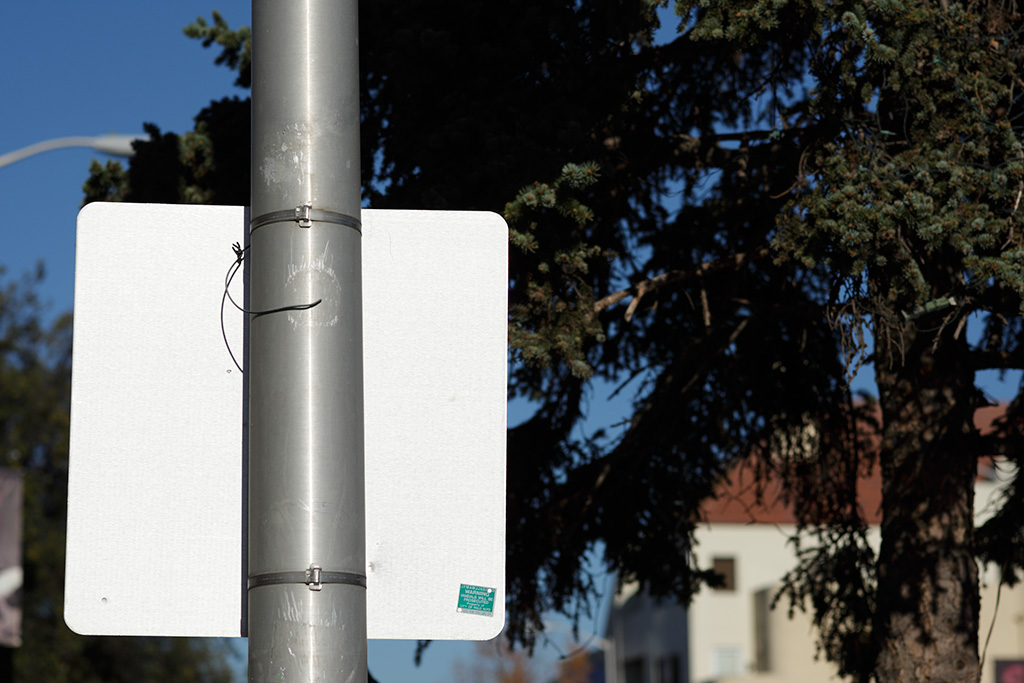
Color saturation is very nice without being excessive,and the purity of color seems very high with no muddling of fine detail by faint color halos. Even on the 21-megapixel Canon EOS 1Ds Mark III, the very finest detail is rendered in the extreme corners.

Perhaps most impressive, there is absolutely no color fringing (chromatic aberrations), which bodes well for infrared. The tiny amount seen on the car’s chrome trim below is almost certainly due to sensor “blooming”. Note also how accurate color has been maintained, along with the finest of details, even in the dark shadows and near-white areas.

Infrared

Focusing
Wow!—the example seen below is at close range (often a problem in infrared). Focus was on the “0.35” mark engraved on the lens, and is as close as can be expected with manual/eyeball focusing and a wobbly photographer. Leica’s “APO” (apochromatic) designation apparently is an under-promise/over-deliver situation. Very few lenses offer this kind of visible/infrared convergence (over 50 lenses were tested for the diglloyd Guide to Digital Infrared Photography).


Infrared Flare
Don’t even think about letting the sun or other bright light source shine directly onto the front element.
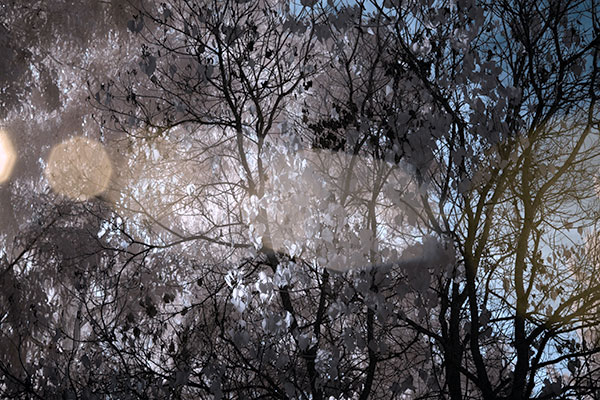
Infrared hot spots
A faint hot spot can develop as early as f/8, and can be a show-stopper if the sun is allowed to shine onto the front lens element. However, initial testing suggests that the hot spots might be manageable, even up to f/16.
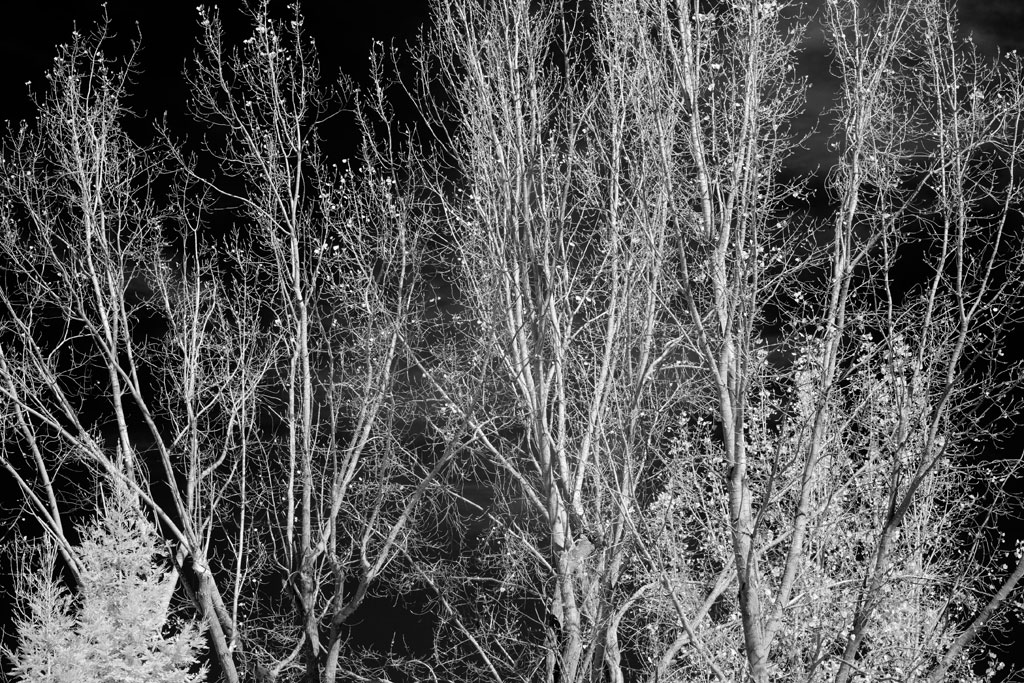
(Faint hot spot at center degrades contrast)
Sharpness, contrast, color rendition
Sharpness is excellent across the field, with very nice differentiation of tones, and even color rendition across the frame. False-color potential looks excellent.
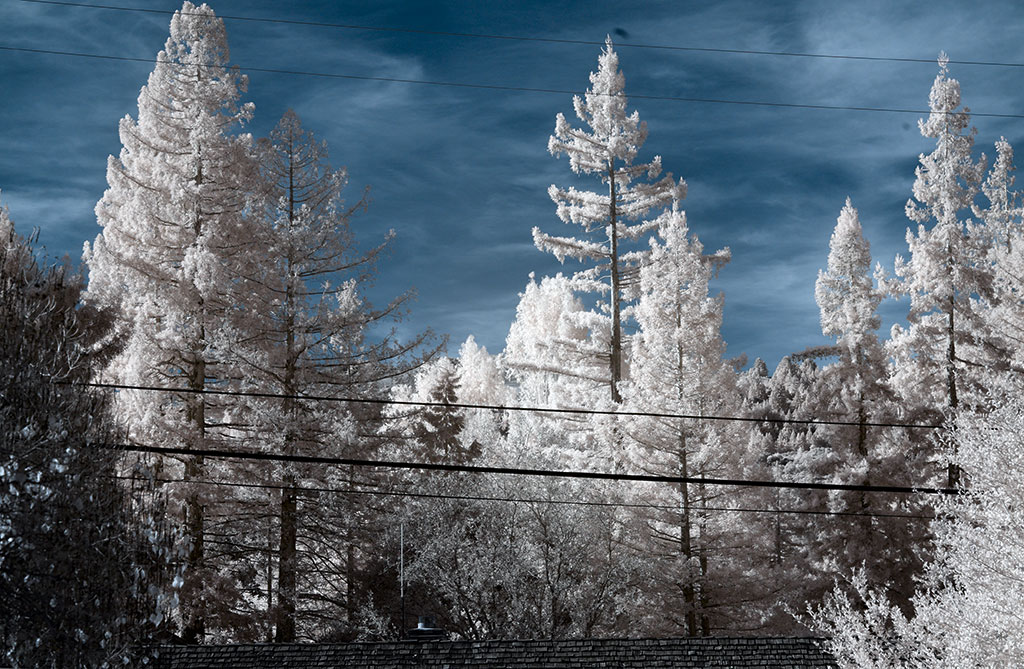
MTF
The Leica-supplied MTF charts suggest that the 90/2 offers world-class performance, on par or better than the very best lenses from Leica or Zeiss. Probably the lens is diffraction limited by f/5.6, so even f/8 is likely to show a slight decline in contrast. This is the kind of performance needed to fully exploit cameras with smallish pixels, such as the full-frame 21.1-megapixel Canon EOS 1Ds Mark III.
The MTF graphs are only one measure of performance, but by themselves they suggest that the choice of aperture should be one purely one of depth of field, with outstanding lens performance available at any aperture (though diffraction will begin to degrade performance subtly by f/8 and significantly at f/16 and beyond).
Eight-bay Thunderbolt 3 high-performance storage for photo and video.
Hard drives or SSDs.
Non-RAID or RAID-0/1/4/5/10.
Capacities up to 144 Terabytes!
Ergonomics
The 90/2 APO-Summicron-R ASPH is beautifully built and quite compact. It feels slightly small on the Canon EOS 1D Mark III, but feels natural enough. The aperture ring is crisp and gives excellent feedback. The built-in lens hood is convenient, though probably non-optimal.
Focusing is a nicely damped helicoid design, though the Zeiss ZF lenses are even better; the Leica focusing feels “dead”; it doesn’t give good mechanical feedback, though it has a reasonably long “throw”, allowing for precision operation. Still, it’s far better than the Canon or Nikon 85mm lenses, whose autofocus when switched off yields twitchy manual focus response.
On the Canon 1D Mark III, the viewfinder is less bright than might be expected, not as good as the Zeiss ZF 85mm f/1.4 @ f/2. (Viewfinder brightness depends on mirror box design, exit pupil of the lens, etc). As a result, focusing is a bit harder than it ought to be, but when a tripod is used, the Live View feature of the current crop of DSLRs makes the focusing issue moot.
Air flow and sensor dust
Handling the 90/2 one day with the rear lens cap on while idly turning the focusing ring, I heard what sounded like a rough noise. Thinking it was the focusing mechanism I investigated—but it was not that cause at all.
It turns out that focusing the 90/2 results in suction; removing the rear lens cap eliminated the noise. Why does this matter? Because a lens that pushes and pulls air as it is focused will tend to cause more dust problems on a digital sensor. (Modern AF lenses use internal focusing, and not much moves inside, so this is not an issue with them). While dust is a concern, it’s not an issue that should give very much pause in light of its magnificent optical qualities, and it is not the only lens that does this.
You can test your own lenses for this phenomenon; have both front and rear lens caps on snugly, and rapidly focus the lens over a broad range.
Conclusions
Preliminary results suggest that the Leica 90/2 APO-Summicron-R ASPH might well be the world-class lens it purports to be, both in visible light and infrared.



















